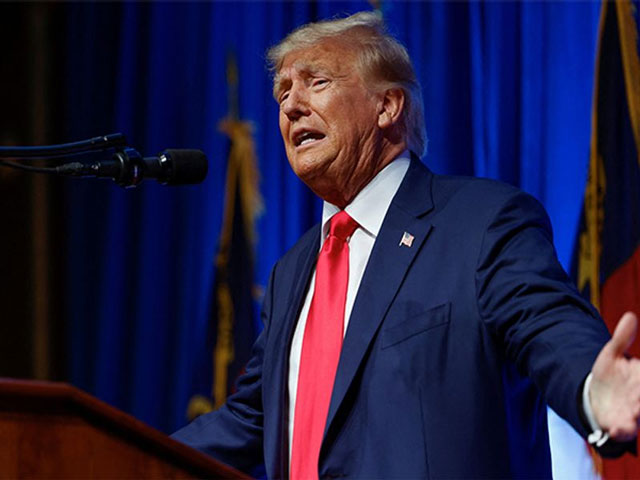Daijiworld Media Network – Washington
Washington, Jul 20: In a strongly worded statement, US President Donald Trump has once again claimed that American military strikes in June completely destroyed Iran’s key nuclear facilities, and warned that any new nuclear sites built by Tehran would also be “obliterated.”
Taking to Truth Social on Saturday (local time), Trump declared, “All three nuclear sites in Iran were completely destroyed and/or OBLITERATED. It would take years to bring them back into service. If Iran wanted to restart, it would have to begin in entirely new locations.”

The June 21 strikes, dubbed Operation ‘Midnight Hammer’, targeted Iran's nuclear enrichment sites in Fordow, Natanz, and Isfahan. While Trump and the Pentagon maintain all three sites were completely neutralized, recent intelligence assessments present a conflicting picture.
According to CNN, only Fordow was mostly destroyed, while Natanz and Isfahan suffered limited damage and could resume uranium enrichment if the Iranian government authorizes it. A preliminary US Defense Intelligence Agency (DIA) report even noted “low confidence” in the full extent of the strike’s effectiveness, suggesting it may have only delayed Iran’s nuclear capabilities by a few months.
Responding to these reports, White House spokesperson Sean Parnell dismissed them as “fake news,” comparing the media’s credibility to the condition of Iran’s nuclear infrastructure—“destroyed, in the dirt, and will take years to recover.”
Meanwhile, Iranian President Masoud Pezeshkian has reiterated Tehran’s right to pursue peaceful nuclear energy. In a phone conversation with Armenian Prime Minister Nikol Pashinyan, Pezeshkian emphasized that “depriving the Iranian people of their legitimate nuclear rights is unacceptable,” while affirming Iran’s commitment to international law and transparency.
Amid rising tensions, both Washington and Tehran have left the door open for diplomatic engagement. Mediated by Oman and Qatar, several rounds of back-channel talks have reportedly taken place in an effort to revive negotiations on Iran’s nuclear program.
The flashpoint remains the 2015 Joint Comprehensive Plan of Action (JCPOA), a landmark nuclear accord that restricted Iran’s uranium enrichment levels and stockpile. The deal collapsed in 2018 following Trump’s unilateral withdrawal, prompting Iran to exceed agreed limits, enrich uranium up to 60% purity, and expand its stockpile.
Earlier this month, Iran escalated its defiance further by suspending cooperation with the International Atomic Energy Agency (IAEA) after a new law was ratified by President Pezeshkian and approved by Parliament.
With rhetoric heating up on both sides and diplomacy hanging by a thread, the global community now watches closely as tensions between the US and Iran inch toward another critical juncture.